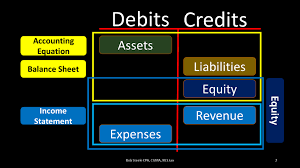EVERYTHING YOU NEED FOR A SUCCESSFUL TAX DAY
The moment that we have all been waiting for is a few weeks away. And yes SARS has announced the opening of the Tax season on the 1st of July and it will run until the 31st of October. Three weeks shorter than what we were all used to.
Taxpayers have to complete and submit tax returns before closing date to avoid unnecessary penalties from SARS. Submitting tax returns gives SARS the opportunity to assess an individual’s income earned, deductible expenses and tax paid over to SARS for the tax period and calculate to see if there is money refundable to the taxpayer or payable to SARS by the taxpayer. It can go either way, after completing the return the taxpayer can request a tax calculation that will show them who owes who money. In some cases, the employee who might have deducted more money in terms of PAYE hence SARS will refund the taxpayer and vice versa.
Now what does this mean for the taxpayer? It simply means the taxpayer has to start preparing to complete and submit tax returns. IRP5’s need to be in place, medical certificates, receipts for medical expenses and all other relevant documents that one needs in order to complete a tax return. If the tax return is going to be done by the taxpayer’s Accountant then all the relevant information needs to get to the Accountant in time. The sooner the tax return is completed and submitted the sooner any refunds can be paid to the taxpayer – time value of money. In the event the tax return is being completed by and Accountant, the taxpayer needs to be available respond to any questions or queries that the Accountant might have regarding the tax return.







